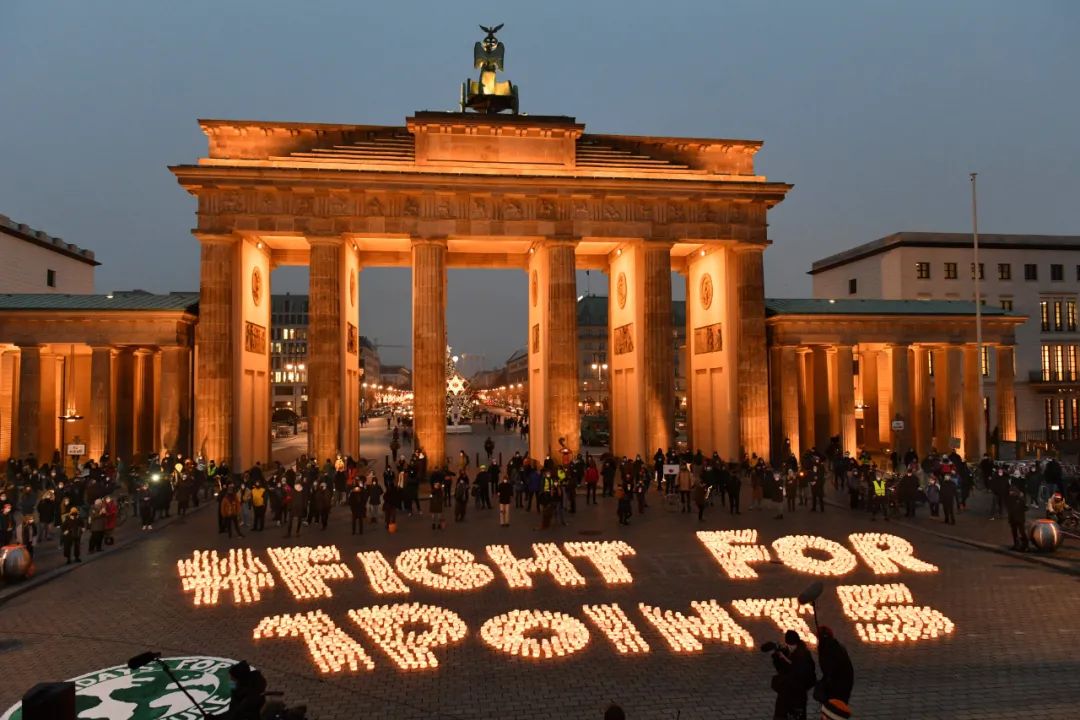December 12 is the fifth anniversary of the Paris Agreement. The signatories of the agreement on that day held the 2020 Climate Ambition Summit online to renew a new climate change response plan for the next five years.
As a major emitter of greenhouse gases, the United States has frequently been absent from the global response to climate change in the past few years, greatly reducing the effectiveness of global efforts!
Reaching the goals of the Paris Agreement: Challenges and hard work
WMO spokesperson Claire Nuris said before the summit that human beings are at a turning point on the planet they live in. When countries around the world recover from the new crown pneumonia epidemic, they must build a greener and more resilient environment.
This is also the key content of the 2020 Climate Ambition Summit. She emphasized that if the goal of zero emissions is to be reached by 2050, countries need to take urgent action now, and there is no time to waste.
Nulis : “The concentration of greenhouse gases in the atmosphere broke records. The five years since the adoption of the Paris Agreement was the hottest five years on record, and November (this year) was the hottest November on record. Climate change It continues to have a devastating impact on the Arctic.
It is hard to imagine that the Arctic will be what it is today in 30 years. Moreover, what happens in the Arctic is not limited to the local area, but affects other parts of the world, including densely populated areas.”
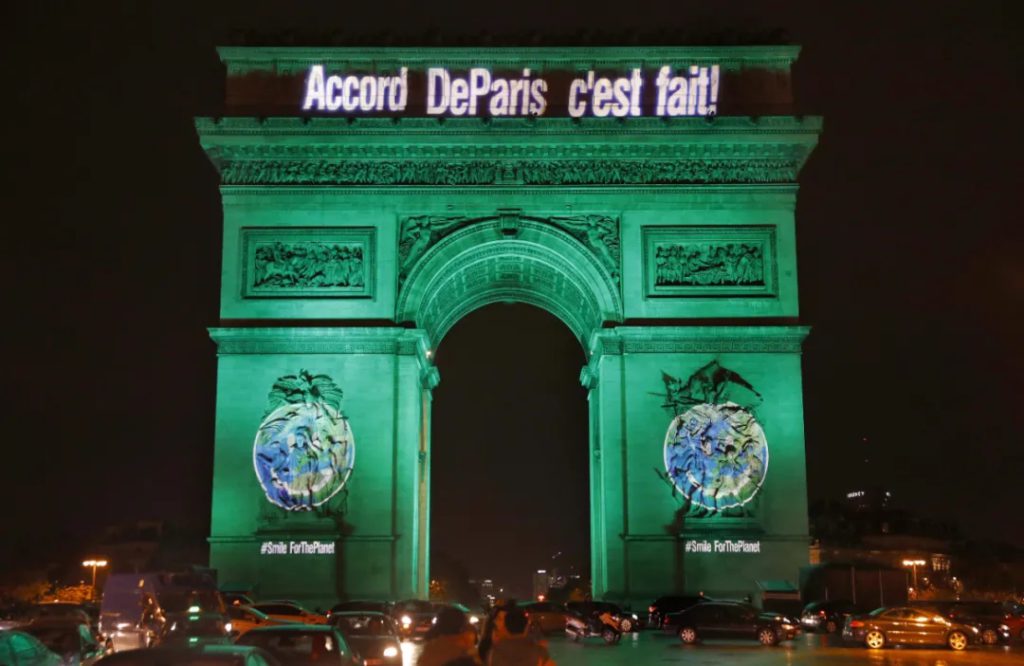
Nulis also pointed out that the decisions made by countries will affect the lives of people all over the world now and in the future. The joint efforts of all countries can accelerate innovation, expand the market for clean technology, and make these technologies affordable and accessible to everyone; the summit show In order to achieve the goals of the Paris Agreement, developed countries must strengthen their commitments to assist developing countries in coping with climate change.
The “Paris Agreement” was passed at the Paris Climate Change Conference on December 12, 2015, and plans for global action on climate change after 2020. The long-term goal of the agreement is to control the global average temperature rise within 2 degrees Celsius compared with the pre-industrial period, and strive to limit the temperature rise within 1.5 degrees Celsius. The entry into force of the “Paris Agreement” is considered a “historic victory” for the global response to climate change.
Countries contribute to the implementation of the Paris Agreement
Many countries have made arduous and unremitting efforts to earnestly implement the Paris Agreement. China has announced that its carbon dioxide emissions will reach its peak by 2030 and strive to achieve carbon neutrality by 2060.
This commitment was also recognized and welcomed by UN Secretary-General Guterres. He believes that China is a key part of the Paris Agreement.
Guterres: “First of all, I think China is an important part of the Paris Agreement and has made extremely important contributions. China has played an important role in promoting net zero emissions. Without China, none of this would have happened.
On the one hand, China has also announced a series of important measures, so I believe that China is in the right direction and China is playing a leading role.”
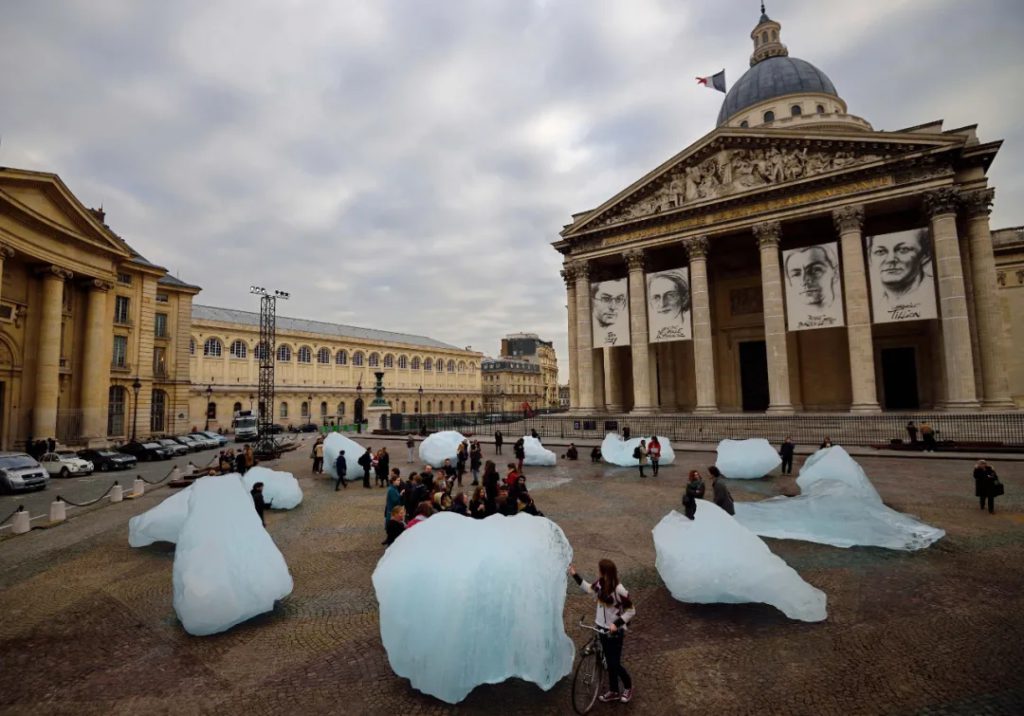
In addition, Japan and South Korea have successively announced the goal of achieving carbon neutrality by 2050, and the UK has also set its own emission reduction target: compared with 1990 levels, the UK will reduce at least 68% of greenhouse gas emissions by the end of 2030.
The leaders of EU member states also reached a consensus on a new emission reduction plan at the EU Winter Summit on the 11th, agreeing that the EU’s greenhouse gas emissions in 2030 will be reduced by at least 55% compared to 1990.
European Commission President Von der Lein said at a press conference held that day that the new emission reduction plan will enable the EU to better achieve its long-term goal of carbon neutrality by 2050.
Von der Lein: “Today’s agreement provides investors, companies, governments and the public with certainty and is very forward-looking. All EU countries should benefit from such a transformation, and with this transformation will be the economy.
Growth, a cleaner environment, and a healthier body. The’European Green Agreement’ will be our growth strategy.”
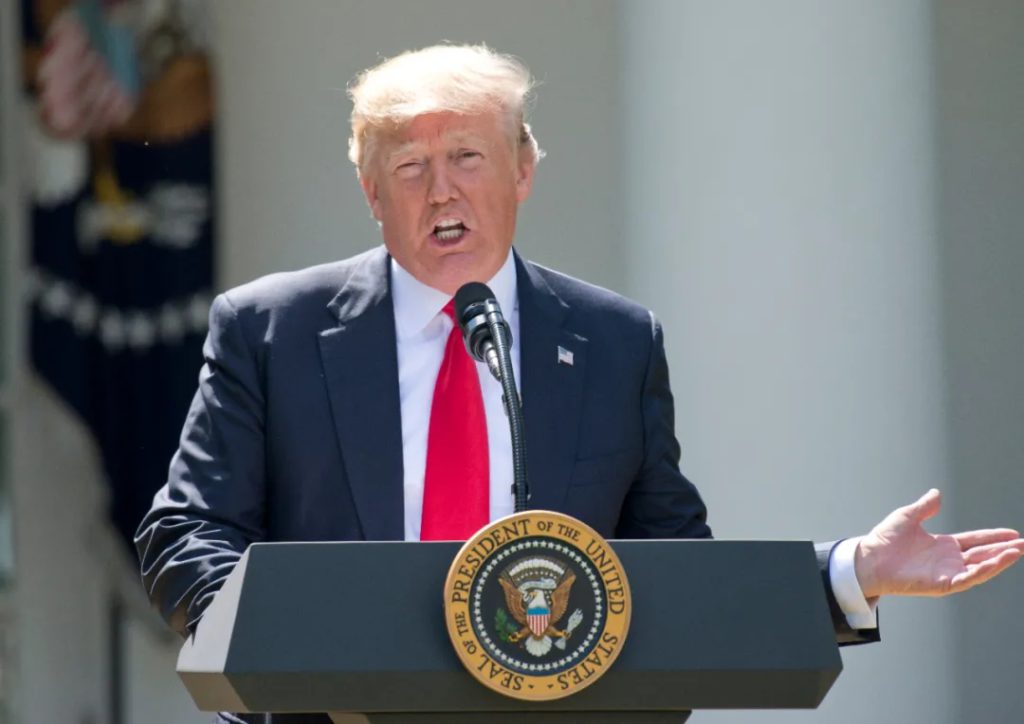
The U.S. is backing up on climate change
While many countries are working to implement the “Paris Agreement”, the United States officially withdrew from the “Paris Agreement” on November 4, local time, becoming the only party to withdraw from this important international agreement so far.
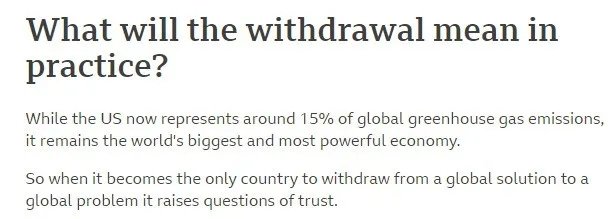
When analyzing the impact of the United States withdrawing from the Paris Agreement, the BBC stated that the United States, as a major emitter of greenhouse gases, did not effectively fulfill its emission reduction commitments, which greatly reduced the effectiveness of concerted global efforts.
In addition to withdrawing from the “Paris Agreement,” the United States, as the most advanced and developed country in the world today, has shown “sorrows” in environmental protection in recent years.
According to the “List of U.S. Environmental Damage Facts” issued by the Ministry of Foreign Affairs of China , the Trump administration has repeatedly called global warming a hoax and challenged the consensus of the international community on climate change; cancelled the Obama administration’s clean energy plan; continued to relax fossil energy Environmental constraints related to industry development; abolishment of relevant climate change policies and measures of the US administrative departments, etc.
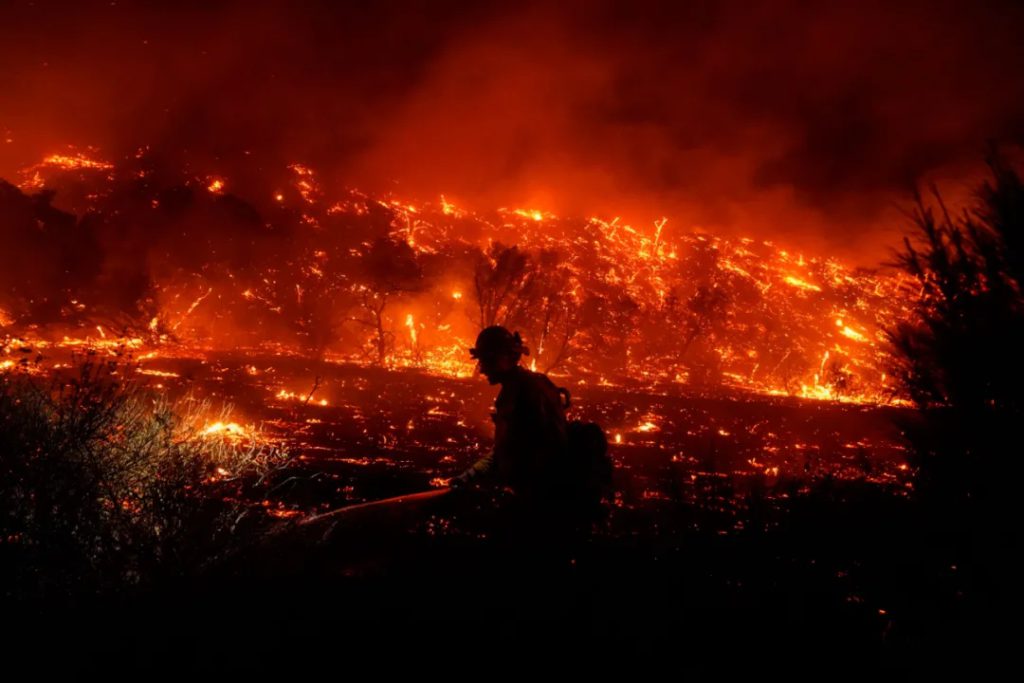
Crawford: “If we ignore science and bury our heads in the sand, thinking that everything is a vegetation management problem, we cannot protect the people of California.”
Guo Xiangang, a researcher at the China Institute of International Studies, believes that one of the main reasons why the United States has “reversed” on issues such as climate change and environmental protection is that the current US government is to protect the interests of traditional energy groups. “The petrochemical industry will generate a lot of carbon dioxide, which needs to be transformed or even shut down.
This violates the interests of these oil tycoons.”



